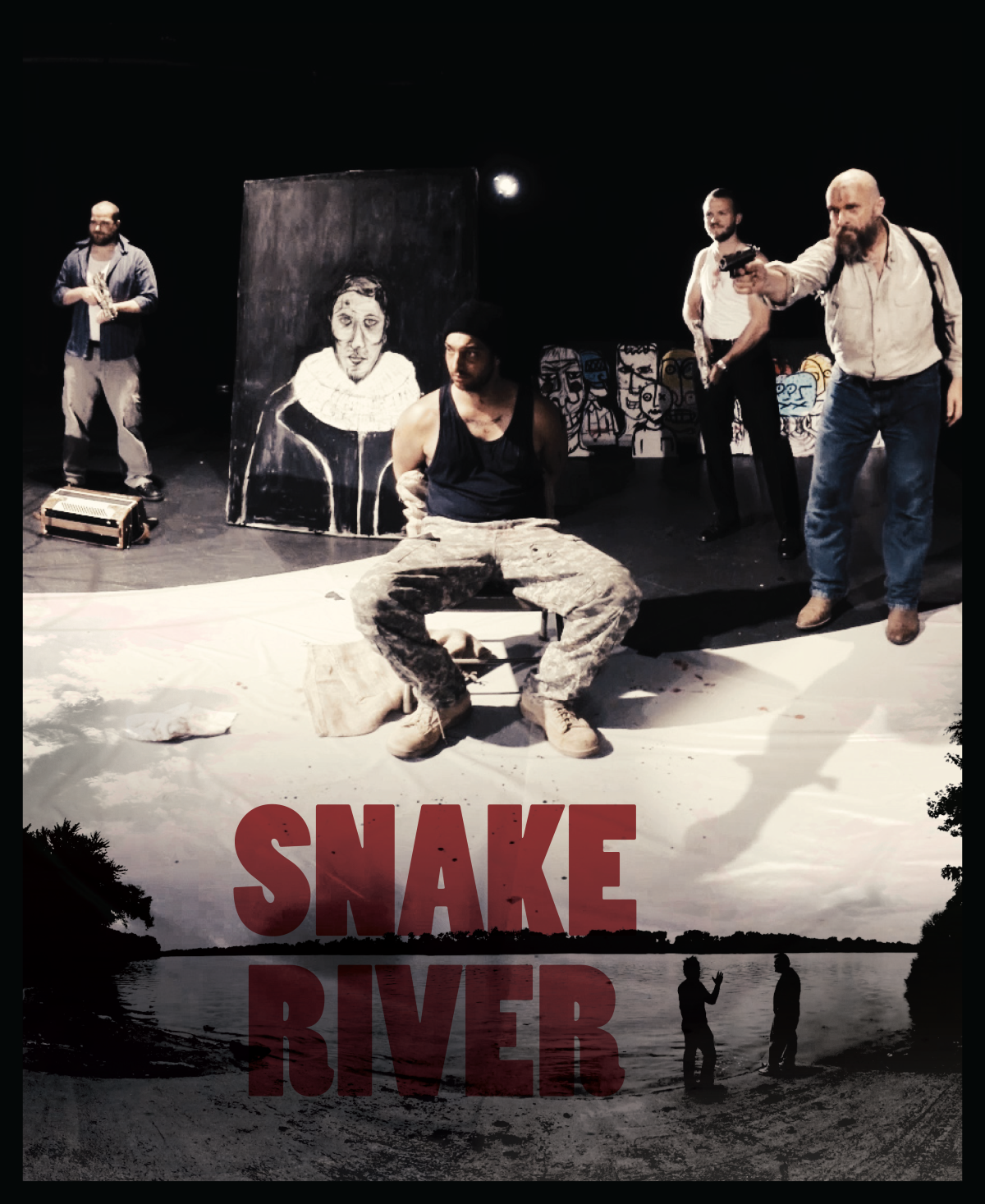For his master’s thesis, Emiliano Ruprah wanted to broaden his horizons — and not just his; those of his audience as well.
Since trying on an Oculus VR headset owned by a gamer roommate, Ruprah had been fixated on an idea. “I was really interested in breaking the boundaries of traditional cinema into VR,” he said.
So, while still studying video communications at American University, the D.C. native decided to create a virtual reality movie: an experience where viewers can watch the action unfold all around them through a VR headset.
With a single investment from defense contractor GXM Consulting, Ruprah got $50,000 in funding to shoot the film. In the the span of about a month last summer, he conceived, wrote, directed and post-produced Snake River, an action flick about a bioweapon heist.
Much like his audience, he had to contort, twist and adjust his filmmaking to the demands of a 360-degree set. “You can’t use a lot of techniques that are used in everyday movies,” said Ruprah.
Here are 10 technical challenges he faced:
1. All the equipment must be camouflaged
- “You don’t have a third wall to break,” said Ruprah. “You have to hide all the technical gear on the set, because everything that is visible gets picked up by the camera.” The actors playing roughhousing mercenaries had to constantly mind their microphone wires: “We had to choreograph our movement in a way that we had clear sound,” said Ruprah.
2. Including the lights
- That’s why Ruprah had to rewrite the plot’s centerpiece — an interrogation scene set in a dark theater. He moved it onto an actual theater set — where visible lighting is de rigeur. “I rewrote the theater setting into the scene and into the development of the character,” he said. “That technological hurdle dictated pretty much the whole scene.”
3. And the director
- That ubiquitous, watchful and silent character? Don’t mind him, he’s running your show. “I made myself a silent actor,” said Ruprah, “so I could direct the rest of the action.” Ruprah plays the part of “El Greco,” a hired mercenary and one of the four main characters in the movie.
4. You can’t easily cut from one screen to the next
- In real life, we don’t expect to be teletransported to another place. It’s the same thing in a VR movie. “Imagine [that] from one moment to the next, you’re in a completely different room,” Ruprah said. He avoided cuts by shooting the feature in only seven scenes.
5. But you can’t transition with camera movements, either
- Some movies avoid brutal transitions by “using a camera movement and cutting seamlessly,” said Ruprah. Think “Birdman: Or (The Unexpected Virtue of Ignorance),” which maintained a drama-like feel throughout with a single-shot illusion. Because of technical limitations, Ruprah said, “you can’t really do camera movement [when shooting in VR]. At least not yet.”
6. Everything must be realistic, on the spot
- Technical constraints and the need to camouflage the equipment on set means that special effects have to be flashy and immediate, just like in a play. “In traditional cinema,” said Ruprah, “you can use a close up, a medium shot [or] use a combination of shots to hide the mechanics.” Instead, he gave his actors “blanks” — real firearms loaded with blank cartridges — and squibs, packets that squirt fake blood when pierced.
7. No room for tricks
- Though Ruprah did use some traditional cinema editing techniques, like fades and music sounds, it was generally more difficult to edit the VR movie in post-production. So they’d better be good from the get-go. “You have to create these really long scenes,” said Ruprah. He shot about four takes for each of the seven scenes.
8. 3D vision has to be matched with 3D sound
- “When you’re in a 360 environment where different images are placed around you, you want to make sure the sound is coming from that direction,” said Ruprah. “You really need that,” he added, “to guide you and tell you where to look.” Ruprah recorded the movie in stereo mixed sound, but wishes he could have used a full 360-degree 3D sound mapping technique.
9. I’m on a boat! Whoaaa
- One scene takes place on a boat. You can imagine how that could turn out for seasick-prone viewers who are already dizzy from so much turning around just to watch the movie. Ruprah had to have “the camera shake but not too much so it wouldn’t make people sick.” He also used a low boat to tone down the swaying motions.
10. It’s a learning process for the audience, too
- The cinematic codes of VR have yet to be developed; until then, watching 360-degree movies will take some getting used to. “In the early days of cinema, edits to cut from one scene to the next were incredibly jarring,” explained Ruprah. Once again, “you have to recreate and rediscover and reinvent cinematic language.”
Ruprah is already planning his next project, a higher-budget production that will, of course, be another 360-degree 3D movie. “I want as many people to experience VR as possible,” he said. The plot? A hostage situation in Mexico.
But until then, you can watch “Snake River” at the DC Independent Film Festival this week, Friday to Sunday. The movie runs a little under 30 minutes. Tickets are $5. About five VR headsets will be on hand, Ruprah says, to give you that fully immersive experience. You’ll get to see what it’s like to watch a movie in virtual reality, just like these people that the Post found:







